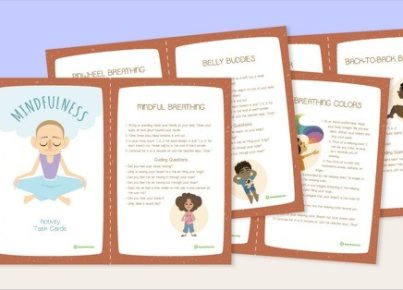Introduction:
Concussions are an increasingly concerning issue, and they can happen both in and out of the classroom. For teachers, understanding what a concussion is, how to recognize the symptoms, and how to support a student recovering from one is essential. In this article, we will explore concussions from a teacher’s perspective to ensure that their students receive the best possible care during recovery.
What is a Concussion?
A concussion is a type of traumatic brain injury caused by a bump, blow, or jolt to the head or body. This impact causes the brain to bounce around or twist within the skull, potentially leading to damage in brain cells and chemical imbalances. While most concussions are not life-threatening, they can have serious short- and long-term effects on a student’s cognitive, emotional, and physical well-being.
Recognizing Symptoms of a Concussion:
It is crucial for teachers to recognize the signs and symptoms of a concussion since they may vary and manifest differently in each individual. These symptoms may develop immediately after the incident or days later. Some common signs to look for include:
1. Headache or pressure in the head
2. Dizziness or balance problems
3. Nausea or vomiting
4. Blurry vision
5. Sensitivity to light or noise
6. Difficulty concentrating or remembering new information
7. Feeling groggy, sluggish, confused, or irritable
Supporting Students Recovering from Concussions:
Once a student has been diagnosed with a concussion, it’s essential for teachers to offer assistance and accommodations during their recovery process:
1. Communication: Maintain open communication with the student, their parents/guardians, school administration, and medical professionals involved in their care.
2. Academic Adjustments: Be prepared to make short-term adjustments for assignments, tests, quizzes, or class participation based on the student’s symptoms and recovery timeline.
3. Environmental Considerations: Modify the classroom environment to minimize potential triggers, such as adjusting lighting and noise levels.
4. Emotional Support: Encourage empathy and understanding from classmates and offer emotional support to help the student cope with any stress or anxiety they may be experiencing.
5. Gradual Reintegration: Facilitate a gradual return to regular activities by following a step-by-step plan for reintroducing physical, cognitive, and social demands on the student.
Conclusion:
As teachers, it is important to educate ourselves about concussions and their potential effects on students. It is our responsibility to provide needed support, accommodations, and understanding throughout the recovery process. By staying informed and proactive, we can help ensure our students have successful recoveries while minimizing the impact of a concussion on their academic progress.




